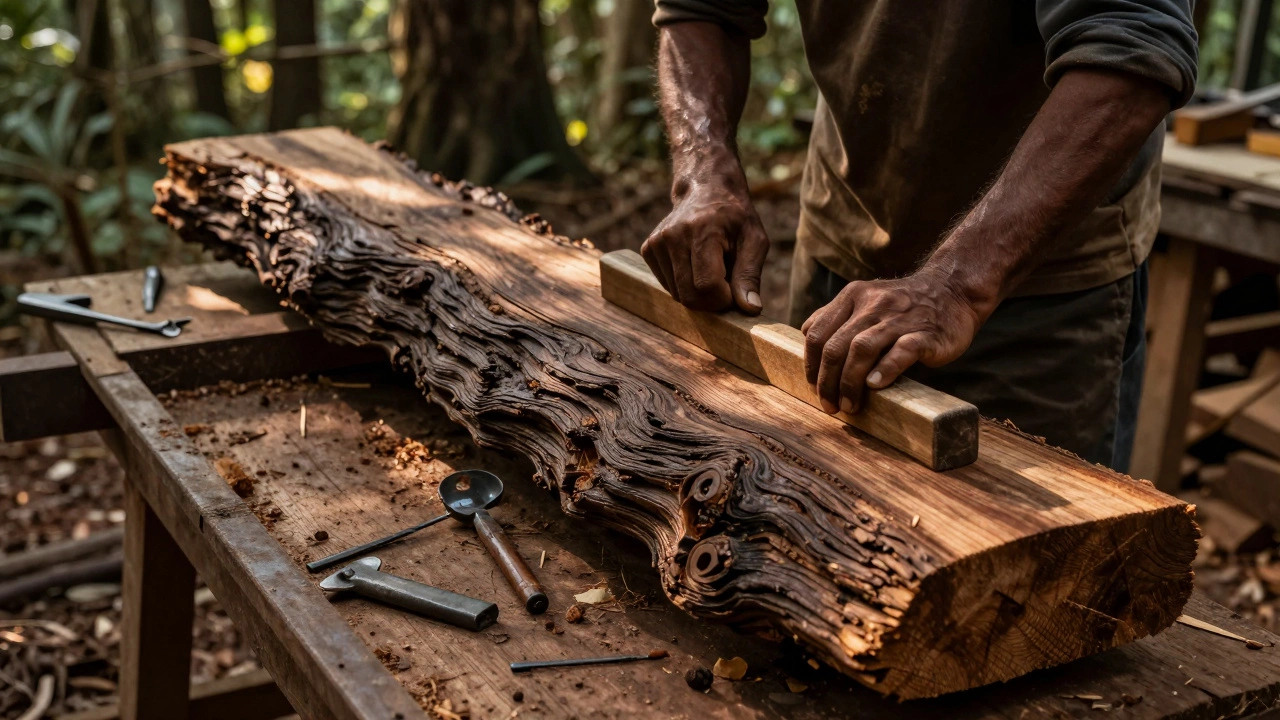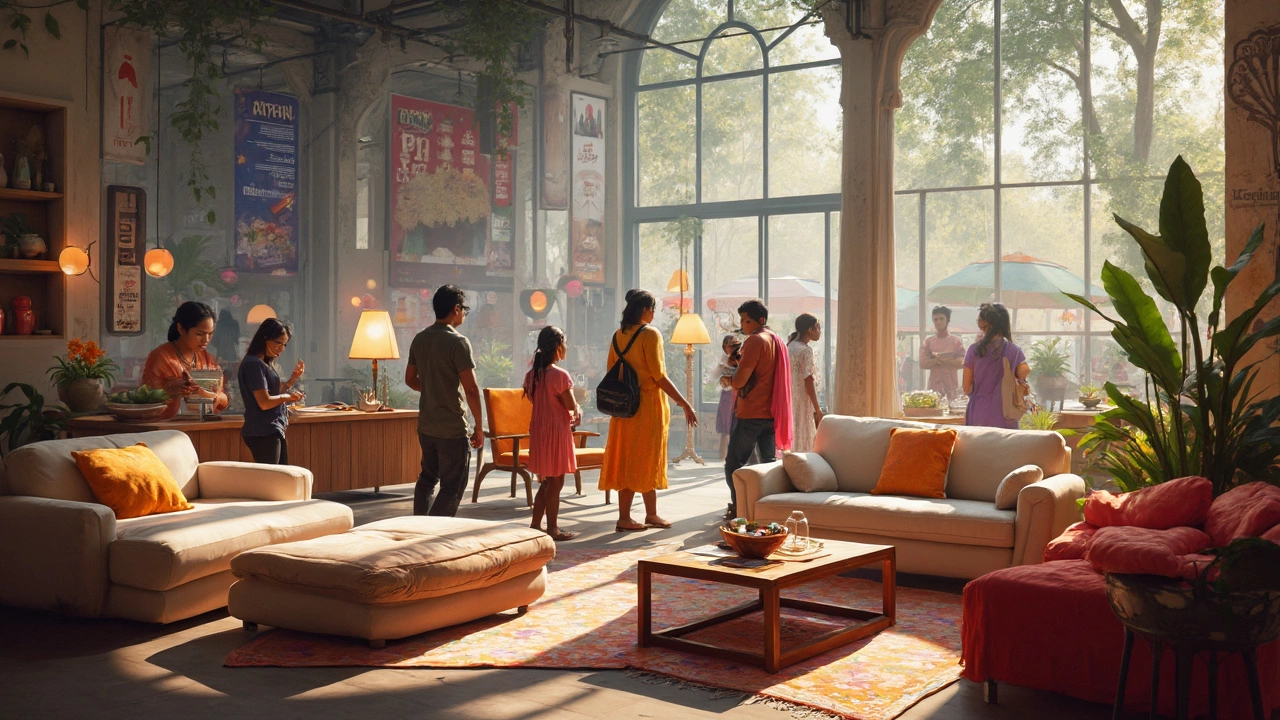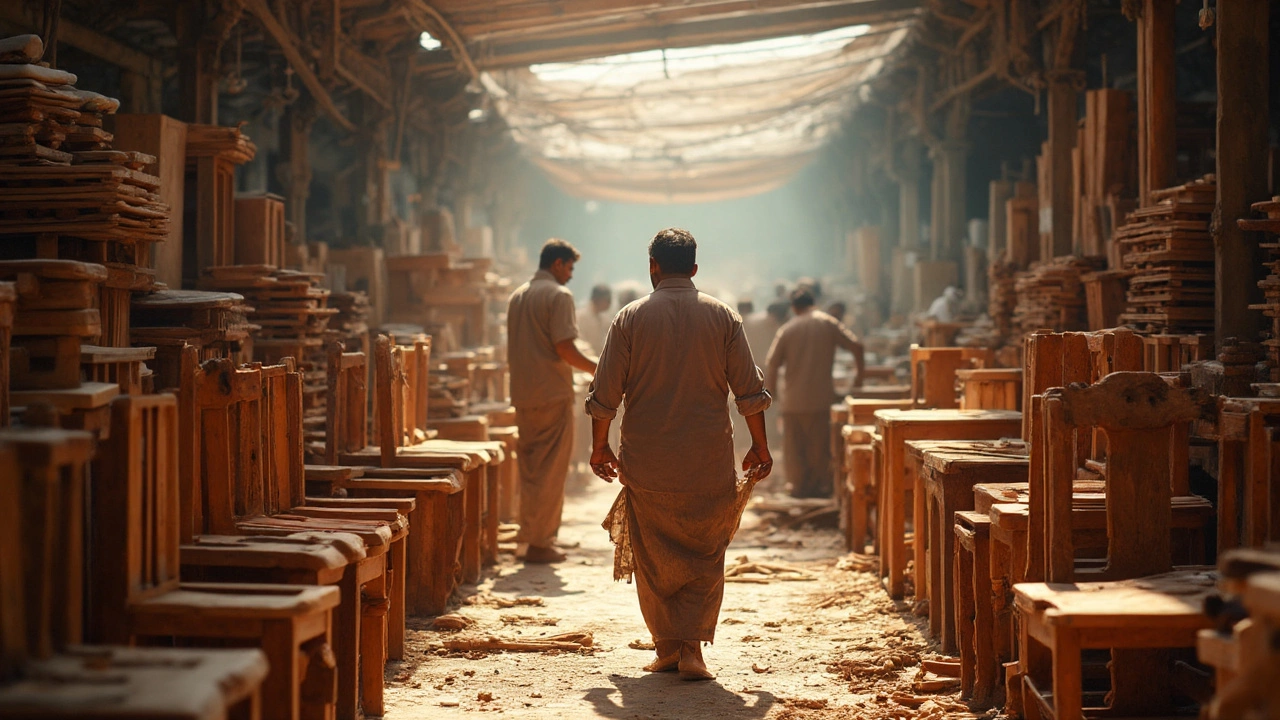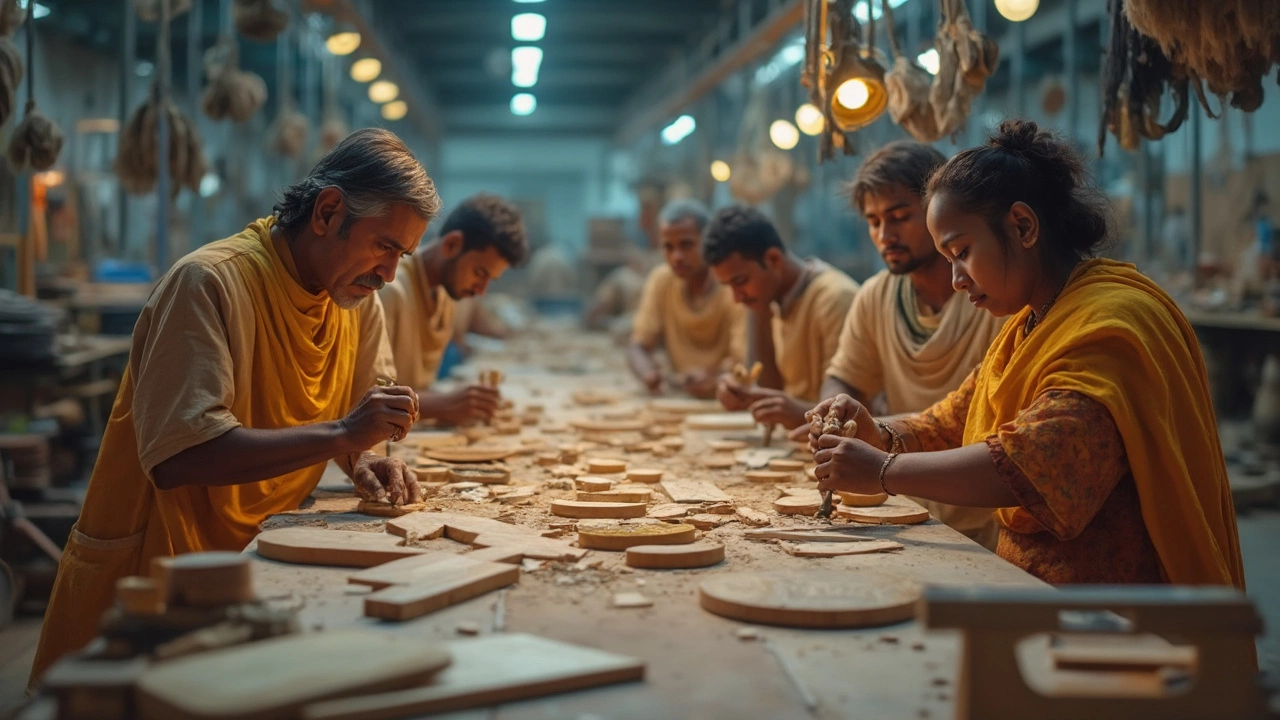Furniture Manufacturing in India – What You Need to Know
If you’re curious about how chairs, tables and cabinets get made in India, you’ve landed in the right place. The country’s furniture market blends traditional craftsmanship with modern factories, and that mix creates a lot of opportunity. In the next few minutes you’ll learn who’s shaping the scene, what it costs to bring a product to market, and how you can start your own venture without getting lost in jargon.
Key Players and the IKEA Effect
When you think of big furniture names, IKEA instantly pops up. The Swedish giant isn’t just selling flat‑pack sofas; it’s also working with local manufacturers to keep prices low. Companies like Godrej Interio, Nilkamal and startups such as Urban Ladder and Pepperfry have become IKEA’s competitors by offering similar style at Indian price points. These brands often source wood, metal and upholstery from the same factories that produce IKEA pieces, which means the quality standards are surprisingly high.
Why does this matter for a new manufacturer? Partnering with a well‑known retailer can give you steady orders, but you also need to meet strict delivery timelines and design guidelines. On the flip side, focusing on bespoke or region‑specific designs can set you apart from flat‑pack giants. Think of the growing demand for custom wooden furniture in tier‑2 cities – there’s room to serve customers who want a personal touch rather than a one‑size‑fits‑all solution.
Cost Breakdown for Starting Your Own Furniture Business
Launching a furniture line isn’t just about picking a nice design; you have to budget for raw material, machinery, labor and logistics. A typical small‑scale setup might spend 30‑40% of its capital on wood and metal, another 20% on CNC machines or cutting tools, and the rest on rent, salaries and marketing. If you’re eyeing export, add shipping, customs duties and insurance – those can easily add another 10‑15% to your overall cost.
One practical tip is to start with a limited product range. Producing a handful of items lets you refine the process, keep inventory low and avoid over‑stocking. As you grow, you can reinvest profits into new designs and larger equipment. Also, don’t forget hidden expenses like quality‑control testing, packaging and after‑sales service. Customers today expect quick delivery and easy returns, especially when you’re competing with big players.
Finally, look at government incentives. Several Indian states offer subsidies for using locally sourced timber or for setting up in industrial parks. These can shave a few lakh rupees off your initial outlay and improve cash flow during the first year.
Whether you’re planning to supply a retailer like IKEA, sell directly on platforms like Pepperfry, or build a boutique brand, understanding the market landscape and cost structure is the first step toward a successful furniture manufacturing business in India.







